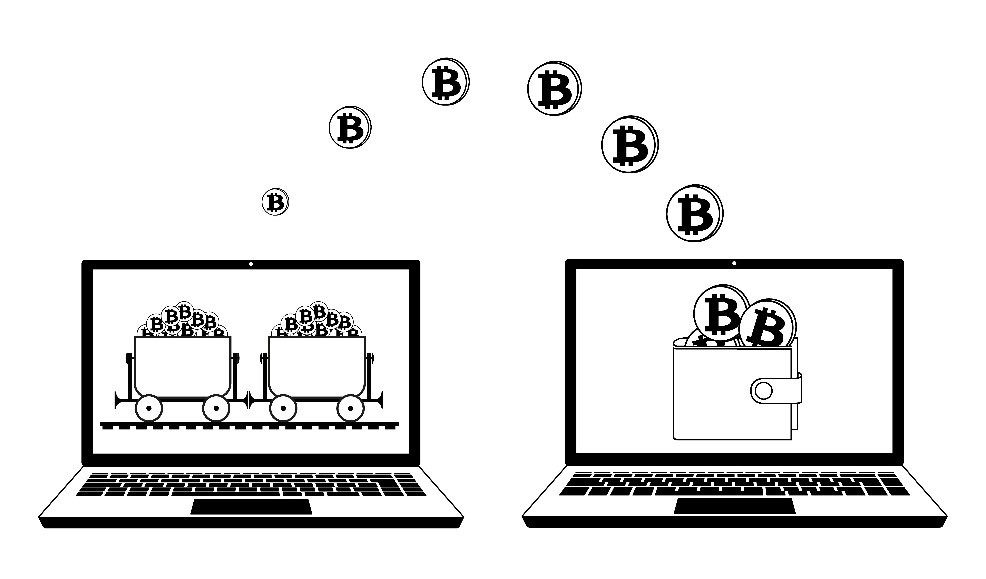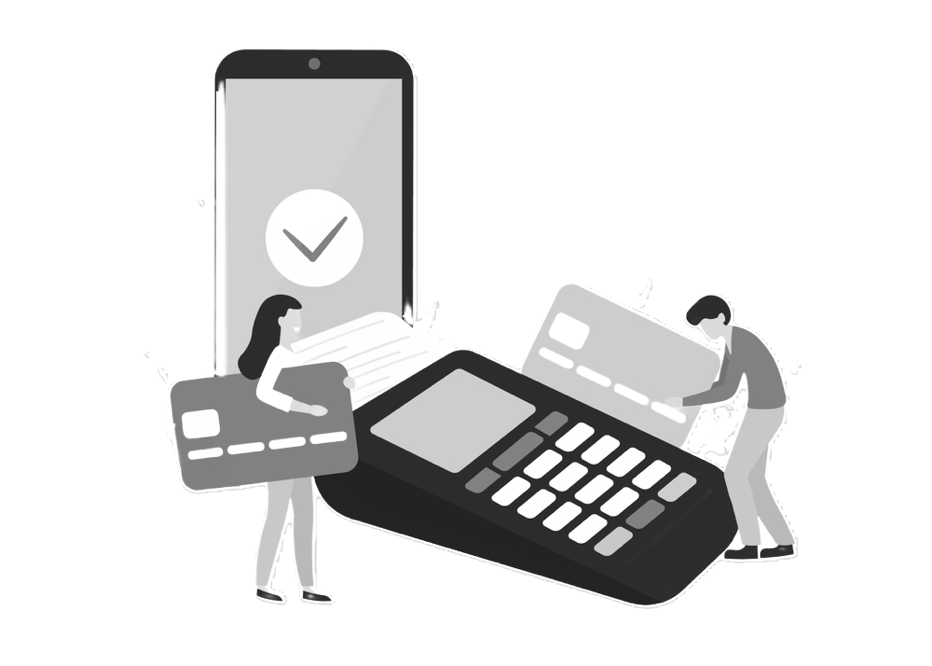This article explores how telematics insurance can make motor vehicle insurance more efficient and suggests risk-based data privacy protections.
While taking an insurance policy in 1933, Dunn knew that her husband (who was going to use her car) was a dangerous driver. Yet, she hid this fact from her insurance company. A few years later, her husband crashed the car. The company dishonored the claim because Dunn hid an important fact – the driver’s behavior.
But is the driver’s behavior relevant? In India, it’s not. Car insurance premiums are usually based on the car’s features like engine capacity etc. But things are about to change. IRDAI has permitted general insurance companies to introduce three tech-enabled concepts for motor vehicles’ Own Damage cover. The most interesting one is ‘Pay How You Drive’ (PHYD) cover. Here, the driver’s behavior is considered while deciding the premium. For e.g., Mr. Ace Driver is charged less premium because he drives within speed limits. Whereas Mr. Risky Business is charged more because he often drives rashly, with quick accelerations and abrupt brakes.
But IRDAI’s move is preceded by two developments. One in the realm of law. The other in technology.
Development in Law: Earlier, IRDAI fixed insurance premiums (tariffs) that could be charged in India. But in 2007, it de-tariffed Own Damage cover. This allowed insurers to freely determine insurance premiums (except for Third-Party Damage covers). This flexibility is essential for insurers to deliver products like PHYD. If IRDAI had continued to fix tariffs, Mr. Ace Driver and Mr. Risky Business would’ve paid the same insurance premium. But because of this flexibility, Mr. Ace Driver pays a lot less.
Development in Technology: Cars have undergone a huge transformation – from purely mechanical to fully electric. As cars incorporated electrical components, it became easier to capture car movements. This is done using telematics devices. These devices are fitted into the vehicle. And they record speed patterns, acceleration and braking patterns, duration and location of the journey etc. This information is then relayed to the insurer and analyzed to determine driving behavior.
Products like PHYD policies are usually referred to as ‘Telematics Insurance’. These policies are heavily dependent on data. And various iterations of these products can be created – by using different data points to assess risk. For PHYD, these data points are speed, acceleration and braking patterns etc. Another product – ‘Pay As You Drive’ cover uses the total distance traveled (per month) to assess risk. The rationale is that if you drive less, your risk is lesser. Thus, data is a critical input for Telematics Insurance. And so, privacy risks must be balanced with benefits of such products.
A risk-based approach is needed while applying data privacy principles to telematics data. Because all telematics data may constitute ‘personal data’. But not all data points pose a similar risk of harm. For e.g., the driver’s braking pattern might pose lesser risk of harm than the car’s location data which may reveal visits to abortion clinics, political meetings, religious venues etc. And so, braking pattern data may not be regulated as onerously as location data. Insurers should also weigh the privacy risks of their data collection activities. And avoid collecting data points which pose a significant privacy risk, but don’t add real value in assessing the insurance risk. For e.g., a car’s location data may not necessarily add value in assessing the insurance risk.
Conclusion: Today, Mr. Ace Driver is paying a higher premium and subsidizing the insurance costs of Mr. Risky Business. But Telematic Insurance has enabled the gamification of insurance. Drivers are incentivized (through lower premiums) to drive safely and disincentivized (through higher premiums) to drive rashly. But this is limited to Own Damage covers. The IRDAI still notifies the tariffs for Third Party Damage covers. So, for gamification of insurance to have a real impact, Telematics Insurance pricing should be permitted for Third-Party Damage covers as well.
While IRDAI has its reasons to prescribe tariffs, IRDAI could consider prescribing tariff brackets based on risk scores. Here, the insurer could calculate the risk score using telematics data. And then decide the insurance premium based on IRDAI’s tariff brackets. Because like Lord Hanworth said (while deciding Dunn’s case) “… there is a greater risk in insuring a person who is likely to have an accident because of the way he drives a car”.
(This post has been authored by the fintech team at Ikigai Law.)










